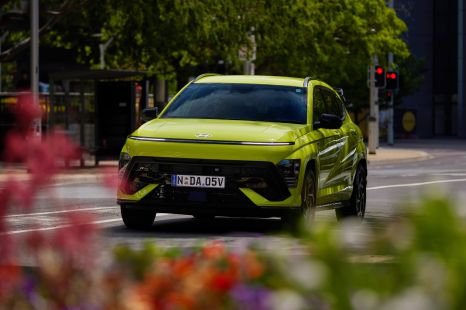

William Stopford
2026 Hyundai Kona price and specs: Turbo AWD axed, new Elite trim added
2 Months Ago
The latest-generation 2025 Hyundai Kona, which was introduced in mid-2024, sees minimal updates for the 2025 lineup. The entry price has increased by $500, including models with the optional N Line package, while Premium variants and their N Line equivalents remain unchanged.
Two additional minor updates have been made: base Kona variants now feature leather-appointed armrests on the doors, and hybrid variants have received updated rear badging.
The range continues to offer three internal combustion powertrains, including a hybrid option. Models equipped with the turbocharged engine can be equipped with an all-wheel drive configuration. Changes for the MY25 Kona Electric have yet to be confirmed.
Quickly see how this car stacks up against its competition. Select any benchmark to see more details.
Where expert car reviews meet expert car buying – CarExpert gives you trusted advice, personalised service and real savings on your next new car.
| Configuration | Price From* |
|---|---|
| 2.0L, Automatic, 5-door SUV, Petrol, FWD | $32,500 |
| 2.0L, 8-speed auto, 5-door SUV, Petrol, FWD | $49,200 |
| 1.6L, 6-speed auto, 5-door SUV, Petrol, FWD | $36,500 |
| Automatic, 5-door SUV, Electric, FWD | $54,000 |
| Automatic, 5-door SUV, Electric, FWD | $58,000 |
| Configuration | Price From* |
|---|---|
| 2.0L, Automatic, 5-door SUV, Petrol, FWD | $39,500 |
| Automatic, 5-door SUV, Electric, FWD | $68,000 |
| 2.0L, 8-speed auto, 5-door SUV, Petrol, FWD | $52,200 |
| 1.6L, 6-speed auto, 5-door SUV, Petrol, FWD | $43,500 |
| Configuration | Price From* |
|---|---|
| 1.6L, 8-speed auto, 5-door SUV, Petrol, 4x4 | $40,500 |
| 2.0L, Automatic, 5-door SUV, Petrol, FWD | $36,500 |
| 1.6L, 6-speed auto, 5-door SUV, Petrol, FWD | $40,500 |
| Configuration | Price From* |
|---|---|
| 1.6L, 8-speed auto, 5-door SUV, Petrol, 4x4 | $46,500 |
| 1.6L, 6-speed auto, 5-door SUV, Petrol, FWD | $46,500 |
| 2.0L, Automatic, 5-door SUV, Petrol, FWD | $42,500 |
Where expert car reviews meet expert car buying – CarExpert gives you trusted advice, personalised service and real savings on your next new car.
See our comprehensive details for the Hyundai Kona
The dimensions shown above are for the base model.
See all 2025 Hyundai Kona DimensionsRear seats position | Size |
|---|---|
Rear seats up | 407L |
Rear seats folded | 1241L |
Where expert car reviews meet expert car buying – CarExpert gives you trusted advice, personalised service and real savings on your next new car.
CarExpert High Resolution Photos of the Hyundai Kona
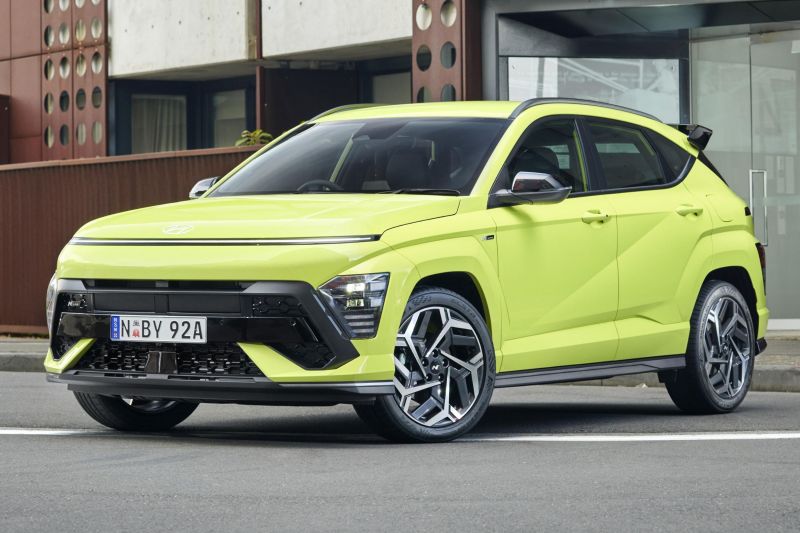
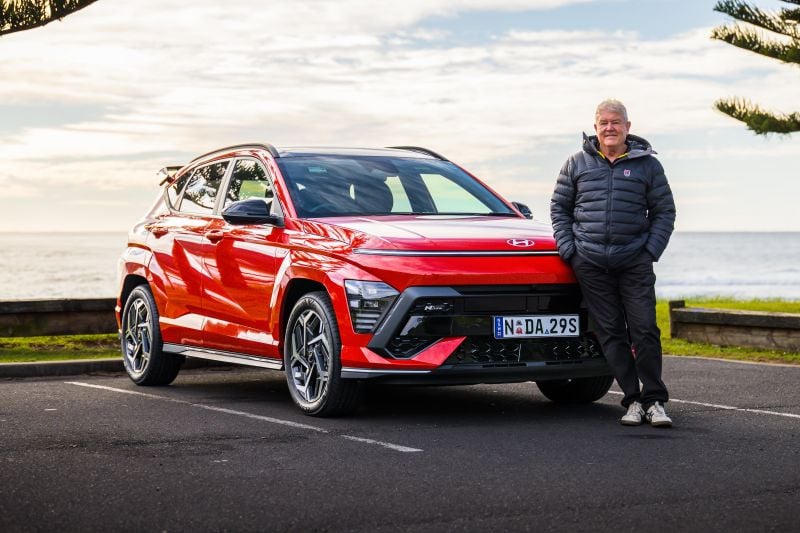
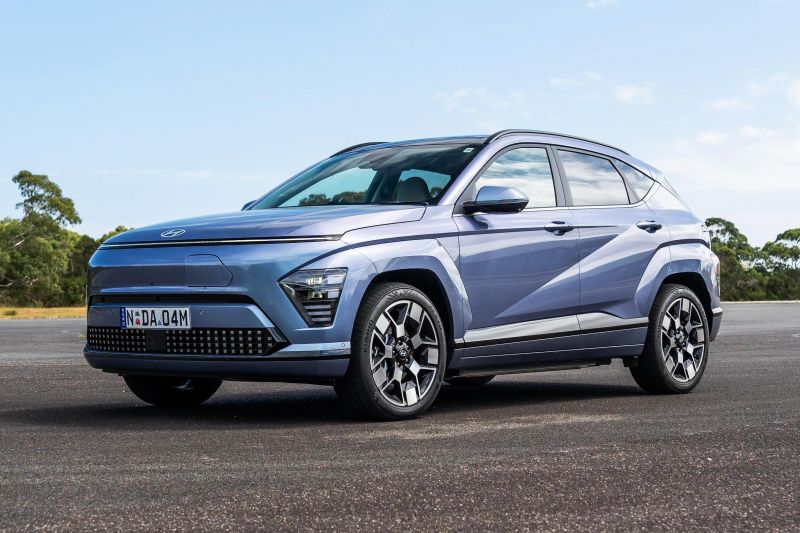
The primary concern with the previous Hyundai Kona was its limited interior space, a problem that the new model has effectively addressed. The latest Kona feels significantly more mature up front, with ample rear seat space that comfortably accommodates adults behind adults. Similar to the Kia Seltos and the latest Nissan Qashqai, it feels more like a smaller mid-sized SUV than an enlarged compact.
The front cabin is notably more modern, featuring a dual-screen display setup seen across the Kia and Hyundai lineups. Even base models come equipped with a high-resolution 12.3-inch central display and a neatly integrated basic digital speedometer, while higher-end versions boast dual 12.3-inch screens. The software interface is user-friendly, with thoughtful touches such as relocating shortcut buttons to the bottom right-hand corner of the screen, enhancing usability in right-hand drive markets like Australia.
While wireless Apple CarPlay and Android Auto are expected to be available via a future software update, current models with factory satellite navigation do not support these features, which remains a frustrating omission. The basic analogue dials are functional, but the digital dash in higher-end models adds a more vibrant touch to the cabin. In the N Line variant, switching to Sport mode introduces a red-and-white curb outline around the rev counter and speedometer. However, more customisation options, similar to those offered by Volkswagen Group, would be welcome.
The Kona's presentation is impressive throughout the range. The sleek design exudes a contemporary flair, and features such as dual-zone climate control on even the base models contribute to justifying the price point. Hyundai’s decision to retain physical buttons and dials for climate control and drive mode selection is commendable, allowing for adjustments like changing drive modes or tweaking the temperature without diverting attention from the road.
However, some drawbacks remain, such as the presence of cheap, hard plastics on areas like the dashboard sides and door tops. Unlike the base petrol variant with a basic transmission tunnel and traditional t-bar shifter, even the entry-level hybrid features a more upscale open centre console with ample storage space, offering a cleaner and more modern look compared to competitors like the Toyota Corolla Cross.
Opting for the N Line variant introduces red interior accents and premium seats that enhance the cabin ambience, while the Premium model adds leather upholstery and a more advanced infotainment system with built-in navigation. Both the N Line and Premium variants offer a noticeable upgrade in interior quality.
The new Kona's rear seat space is a significant improvement over the previous model, aided by wider-opening doors that make entry and exit easier for adults. Once inside, passengers enjoy legroom and headroom comparable to that of a Kia Seltos, making the Kona feel more like a downsized Tucson than an oversized Venue. Thus, it enhances its appeal as a vehicle suitable for young families.
Family-friendly features include rear air vents, USB-C ports, and a wider rear bench to keep children comfortable and separated. ISOFIX mounts on the outboard seats and three top-tether points are available, along with a fold-down central armrest for added convenience.
The new, larger, second-generation Kona has increased boot space from 374 litres to 407 litres. With the rear seats folded, the capacity expands to 1241 litres. The cargo area is now much more practical, featuring a height-adjustable floor and a dedicated slot at the rear for storing the luggage cover.
The base model Kona has the following features in its entertainment and infotainment systems:
The Kona Premium gets an upgraded system to:
There are 4 different fuel economy figures for the Hyundai Kona
The most fuel efficient Hyundai Kona is the Base with a 6-speed Automatic which is powered by a 1.6L PETROL DIRECT INJECTION and uses 3.9L of unleaded per 100km on the combined cycle.
The Hyundai Kona that uses the most amount of fuel is the Premium with a 8-speed Automatic which is powered by a 2.0L TURBO PETROL DIRECT INJECTION and uses 9L of premium unleaded per 100km on the combined rural and urban test cycle.
Below is a table of all the Hyundai Kona variants and their fuel economy figures. Click below the table to see an expansion and additional details, including specific usage for city and highway driving.
| Hyundai Kona | Fuel Type | Combined |
|---|---|---|
| 2.0L, Automatic, 5-door SUV, Petrol, FWD | Unleaded | 6.6 L/100km |
| 2.0L, 8-speed auto, 5-door SUV, Petrol, FWD | Premium Unleaded | 9.0 L/100km |
| 1.6L, 6-speed auto, 5-door SUV, Petrol, FWD | Unleaded | 3.9 L/100km |
| Automatic, 5-door SUV, Electric, FWD | Electric | - |
What are the running and servicing costs of a Hyundai Kona?
The Hyundai Kona is backed by a five-year, unlimited-kilometre warranty.
Maintenance will be required every 15,000 kilometres or 12 months in the 2.0-litre petrol and 1.6-litre hybrid, and every 10,000 kilometres or 12 months in the turbocharged petrol.
The first five services in both the 2.0 and the 1.6T will set you back $399 each – although that’s good for 75,000km of motoring in the 2.0, and 60,000km in the 1.6T due to their different distance requirements.
The first five services for hybrid models will set you back $399, $579, $399, $579, and $579 each
Our expert take on Hyundai Kona drivability.
Three powertrain options remain for the Kona – a 2.0-litre naturally aspirated four-cylinder, a 1.6-litre turbocharged four-cylinder, and a 1.6-litre petrol-electric hybrid four-cylinder. Transmission pairings differ between the different options.
What is the warranty on a Hyundai Kona?
The Hyundai Kona offers a 5 year unlimited km warranty. This is separate to the warranty on offer under Australian Consumer Law which can be greater for certain parts based on what is deemed as a reasonable period of time.
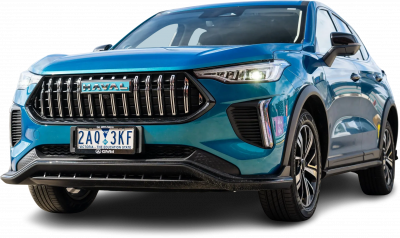
Haval Jolion
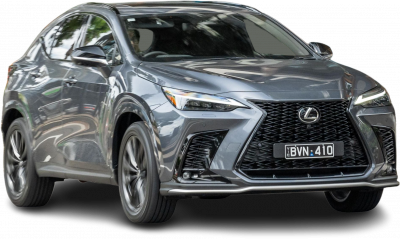
NX
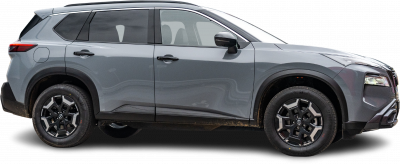
X-Trail
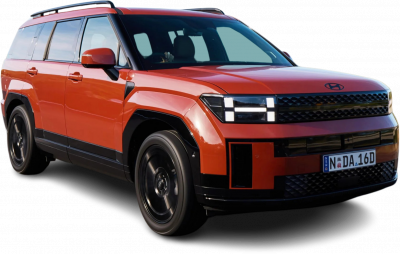
Santa Fe
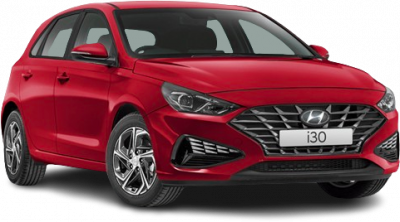
i30
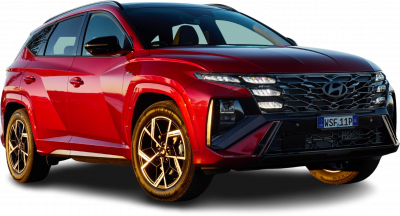
Tucson
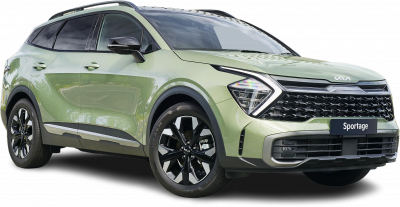
Sportage
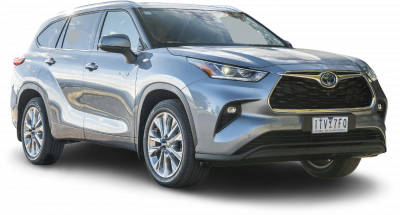
Kluger
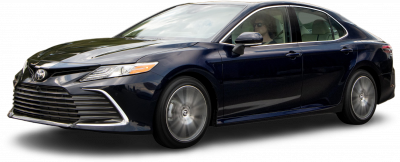
Camry
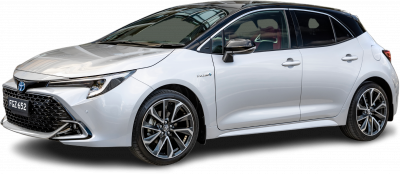
Corolla
Can’t see the car you’re considering?
Is this the right car for you? Out experts buy or not guide.
The petrol Kona is already a good thing, and the addition of a hybrid model has broadened its appeal even further.
We’ll have to spend more time behind the wheel in the city to really assess how it compares with the Toyota Corolla Cross, but the Hyundai is a compelling alternative.
Like the petrol, it’s modern and spacious behind the wheel and drives with some real polish. It’s been a long time coming, but the Kona Hybrid is poised to make an impact in Australia.
Where expert car reviews meet expert car buying – CarExpert gives you trusted advice, personalised service and real savings on your next new car.
The cheapest Hyundai Kona is the Base that starts from $32,500.
The most expensive Hyundai Kona is the Premium that starts from $68,000.
The best towing capacity of a Hyundai Kona is 1600 kg offered by the following variants: Base and Premium.
The largest Hyundai Kona is the N Line which measures 1825mm wide, 4385mm in length and sits 1590mm tall.
The most powerful Hyundai Kona is the Base which has 213kW of power from its 2.0L TURBO PETROL DIRECT INJECTION engine.
The Hyundai Kona is built in Korea and shipped to Australia.
The heaviest Hyundai Kona is the Base which weighs 2220 kg (kerb weight).
The Hyundai Kona may use different fuel/energy types based on the variant which includes electric, unleaded or premium unleaded.